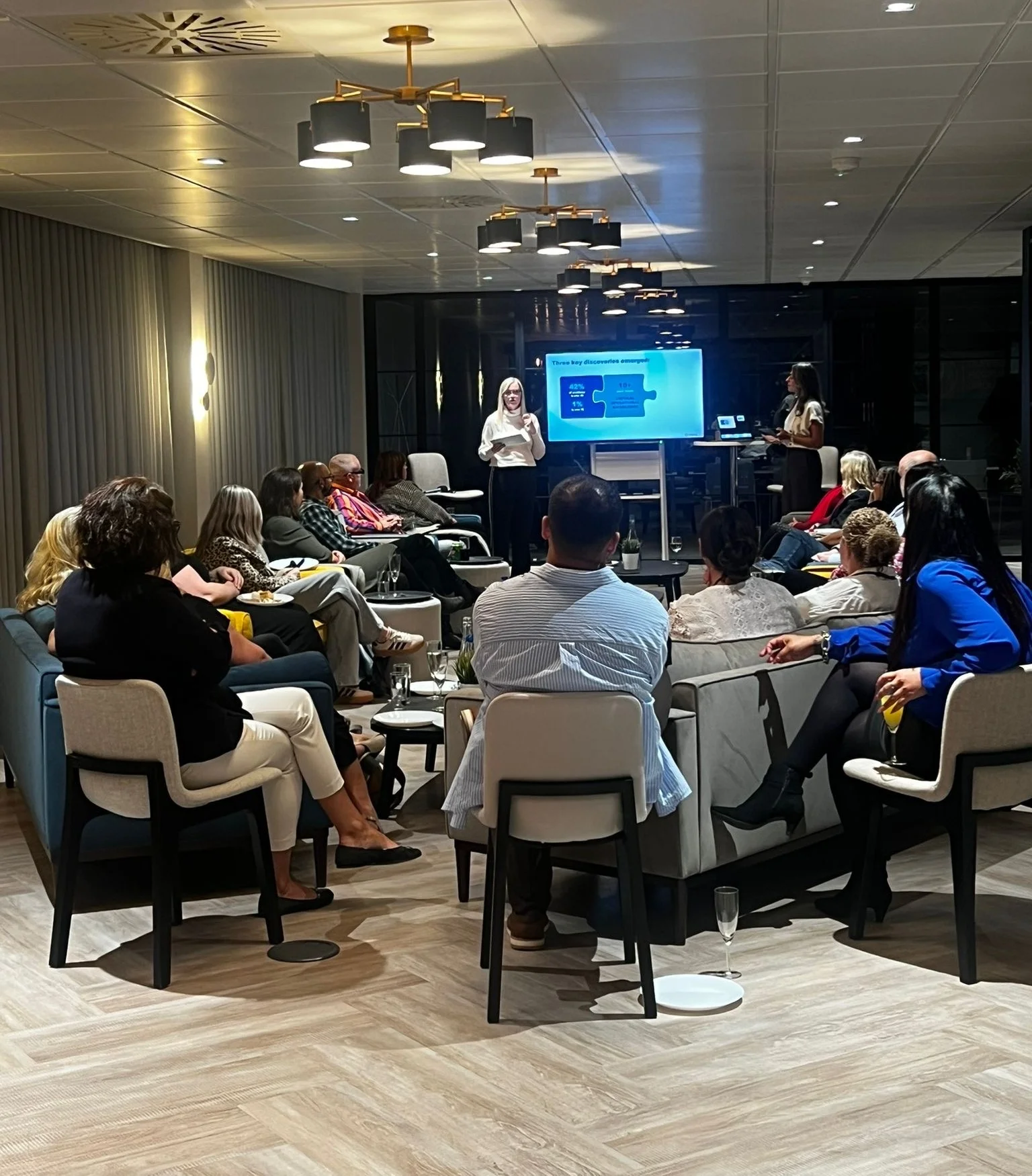When you think of your dream job, what do you imagine? You probably don’t think of yourself doing a job that you know like the back of your hand. Instead, you probably imagine a role that’s hard but interesting, and will allow you to clock off every day with a feeling of satisfaction in a job well done. That’s because human beings are hardwired to enjoy a challenge. It’s the reason so many of us spend our free time doing tasks that are often difficult without any obvious reward or benefit, like training for a marathon, completing crossword puzzles, or strategising in board games. This is what researchers call ‘effort paradox’ - trying hard is costly and difficult, yet it’s something humans intrinsically value and seek out.
The value of challenge in the workplace
Time and time again, researchers have concluded that one of the top reasons talented employees leave organisations is that they’re not provided with enough of a challenge in their day-to-day role, or the chance to expand their skillset. If you’re in any doubt about the value of challenge at work, just take a gander at this list of jobs that provide the highest levels of career satisfaction according to research – roles such as full stack engineer, UX designer and data scientist are at their core about overcoming challenges and finding solutions to often complex problems. Solving problems and completing difficult tasks gives us a sense of accomplishment, boosts our self-confidence, and empowers us to stretch ourselves in the future.
How to create a challenging work environment
Although employers should seek to provide a positively challenging work environment, one of the keys to creating and maintaining this is finding the right balance. Positive challenges should motivate and excite your team, rather than cause them to feel overwhelmed or stressed. Because of this, it’s incredibly important to communicate with employees as you seek to provide constructive challenges, to ensure they’re fully on board. With this in mind, let’s take a look at a few ways employers can create a culture that provides positive challenges.
1) Encourage your team to step outside their comfort zones
Let’s say you run a team in which everyone is quite reserved and introspective. A brilliant way for them to step outside their comfort zones within a friendly and familiar space is to give presentations to the rest of the team about their area of speciality, or a personal topic of interest. If your team tend to remain quite insular, ask them to spend the day with another department or team member to learn more about the organisation and expand their horizons. An important caveat to this is to ensure your team is happy to take part in any challenge you set, otherwise you could provoke unintended anxiety or stress.
2) Provide learning and development opportunities
A study conducted by LinkedIn found that 94% of people would stay with a company longer if they were provided with opportunities to learn and expand their skillset. A job may become second nature after a while which can lead to boredom and frustration, so learning new skills can be a great way for employees to stay energised and motivated whilst also discovering how to perform their roles even better. As an employer, it’s important to be aware that while most people want to take on new learning opportunities, the biggest deterrent is finding the time. Make sure you’re able to clear schedules for a certain amount of hours per month so your team can fully focus and take advantage of the opportunity.
3) Encourage creativity and innovation
One of the biggest factors that can lead to work becoming stale and routine is doing things in the same way, day in day out. If your organisation is guilty of this, it’s highly likely your team has plenty of ideas for ways you can shake things up and try something new, so why not ask? If you create a culture in which creativity and innovation are encouraged and nurtured, you’ll not only create a more interesting work environment for your team, but you’ll also benefit from the brave and outside-the-box thinking that your competitors may lack.

4) Ask your team to set their own goals
Plenty of research has demonstrated that when team members feel greater ownership over their work, they’re not only more likely to enjoy it, but to achieve greater levels of success. Additionally, studies that examined the psychology of goal setting found that when employees set their own goals, they experience lower anxiety and higher levels of enthusiasm. Encouraging employees to reflect on how they could stretch themselves professionally and achieve personal goals can therefore be a great way to not only increase employee engagement, but to create positive challenges.
5) Provide plenty of feedback
You might assume that your team simply want to be left alone to do their work – but you’d almost certainly be wrong. Workplace surveys and psychological research consistently show that people crave constructive feedback when it’s delivered in an appropriate way that will actively help them to improve. By providing plenty of supportive feedback to your team, you’ll be creating an environment in which they’re consistently challenged to grow and improve to reach their full potential. It goes without saying that as an employer, you should also always be willing to accept and act on feedback too! Ultimately, in a world where most of us spend one-third of our lives at work, it’s important to make that time count. Providing positive workplace challenges is a great way to keep your team engaged, motivated, and excited about their jobs. As long as challenges are kept fair and realistic and team members are given plenty of praise and encouragement, you can succeed in creating an environment in which your team feel supported and encouraged to grow.
Looking to add to your team? You're in the right place! We specialise in recruiting for just about every industry and sector, from accounting and finance and IT, to human resources and marketing. You can search all our divisions here, or leave us a message and we'll get back to you as soon as possible.





